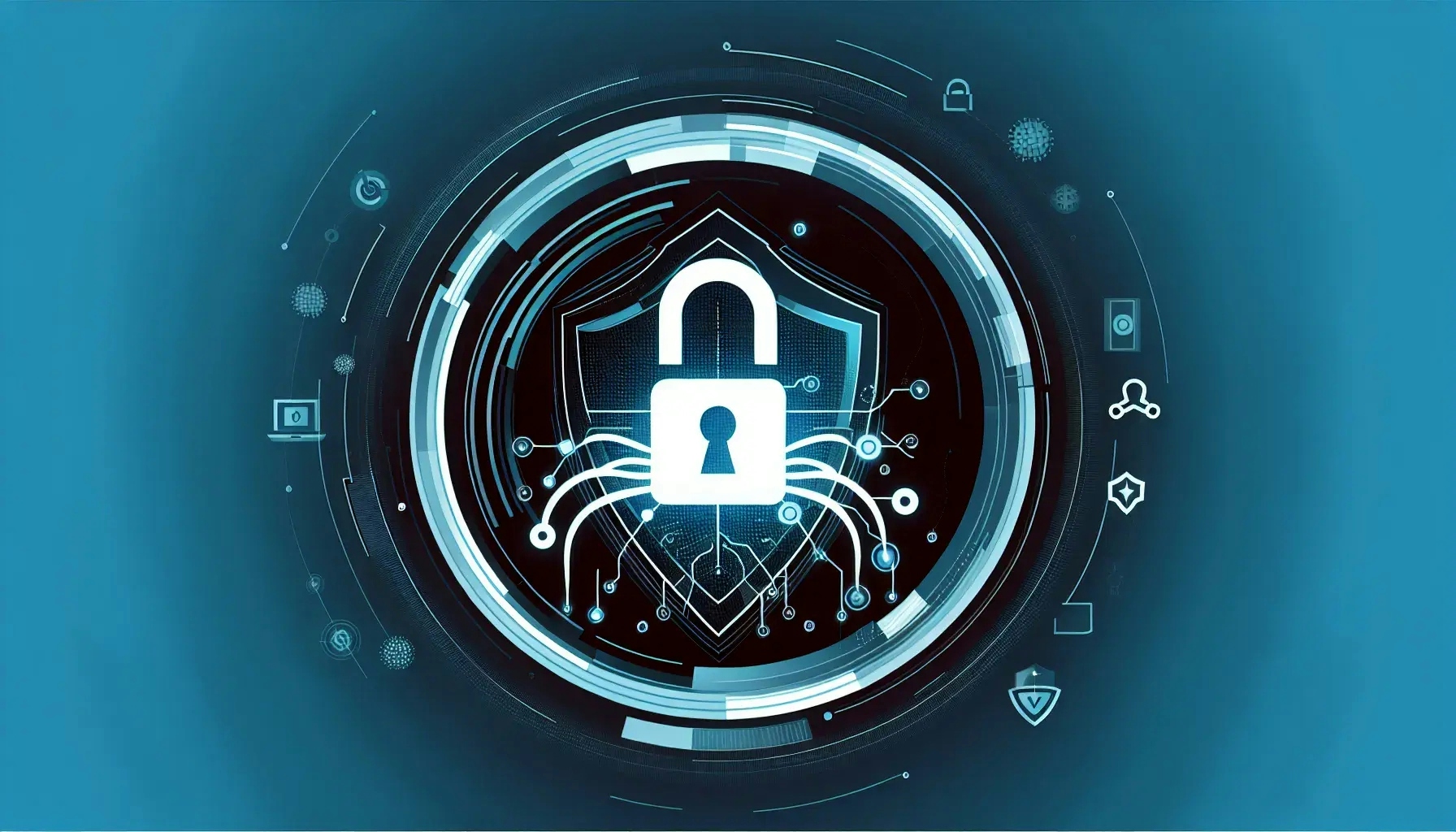In the digital age, threats have evolved beyond physical boundaries. One such threat is ransomware, a form of digital extortion that has been wreaking havoc in the cyber world. This blog post aims to shed light on the nature of ransomware, its implications, and how individuals and organizations can protect themselves from this menacing cyber threat.
Understanding Ransomware: A Primer
Ransomware is a type of malicious software that cybercriminals use to extort money. It works by encrypting the victim's data and then demanding a ransom to restore access. The victim often receives a message detailing the ransom amount and the payment method, typically in untraceable cryptocurrencies like Bitcoin.
The origins of ransomware can be traced back to the late 1980s, but it wasn't until the mid-2010s that it gained prominence. The rise of cryptocurrencies, coupled with the increasing reliance on digital data, has made ransomware a lucrative venture for cybercriminals.
Ransomware attacks can be devastating. They can cripple critical infrastructure, disrupt businesses, and lead to significant financial losses. Moreover, paying the ransom doesn't guarantee that the victims will regain access to their data. In some cases, the attackers may demand more money or simply disappear after receiving the payment.
The Mechanics of a Ransomware Attack
A ransomware attack typically involves several stages. It begins with infection, where the ransomware enters the victim's system. This can happen through various means, such as phishing emails, malicious websites, or software vulnerabilities.
Once inside the system, the ransomware starts encrypting the victim's files. It uses strong encryption algorithms, making it virtually impossible for the victims to decrypt their data without the decryption key.
After the encryption process is complete, the ransomware displays a ransom note. This note contains instructions on how to pay the ransom and often includes a deadline. If the victims fail to pay within the specified time, the ransomware threatens to delete the decryption key or increase the ransom amount.
The Impact of Ransomware Attacks
Ransomware attacks can have far-reaching consequences. For individuals, it can lead to the loss of personal files, such as photos, videos, and documents. For businesses, it can result in downtime, loss of revenue, and damage to their reputation.
In recent years, ransomware attacks have targeted critical infrastructure, including hospitals, schools, and government agencies. These attacks can disrupt essential services, putting lives at risk.
The financial impact of ransomware attacks is also significant. According to a report by Cybersecurity Ventures, the global cost of ransomware is expected to reach $20 billion in 2021, up from $11.5 billion in 2019.
Preventing Ransomware Attacks: Best Practices
Preventing ransomware attacks requires a multi-pronged approach. One of the most effective ways is to maintain regular backups of your data. This allows you to restore your files without paying the ransom in case of an attack.
Another crucial measure is to keep your software and systems updated. Cybercriminals often exploit software vulnerabilities to deliver ransomware, so applying patches and updates can help close these security gaps.
Educating yourself and your staff about the dangers of phishing emails and malicious websites is also important. These are common delivery methods for ransomware, so being able to recognize and avoid them can significantly reduce your risk of infection.
Responding to a Ransomware Attack
If you fall victim to a ransomware attack, the first step is to disconnect the infected device from the network. This can prevent the ransomware from spreading to other devices.
Next, you should report the incident to your local law enforcement agency. They may be able to provide assistance or direct you to the appropriate cybercrime unit.
While it may be tempting to pay the ransom, cybersecurity experts generally advise against it. Paying the ransom encourages more attacks and there's no guarantee that you'll get your data back. Instead, you should seek professional help to remove the ransomware and restore your data, if possible.
The Future of Ransomware
As technology evolves, so does ransomware. Cybercriminals are constantly developing new techniques to evade detection and increase their success rate. This includes the use of AI and machine learning to automate attacks and the development of ransomware-as-a-service platforms that allow even non-technical individuals to launch attacks.
Despite these challenges, there are reasons to be optimistic. Advances in cybersecurity are also being made, with new tools and techniques being developed to detect and neutralize ransomware. Moreover, international cooperation in cybercrime investigations is improving, leading to the arrest and prosecution of ransomware operators.
Decoding Digital Extortion: Ransomware Unveiled
Ransomware is a serious threat in the digital landscape, causing significant damage to individuals and organizations alike. Understanding its mechanics, implications, and prevention strategies is crucial in this digital age. As we move forward, continuous education, robust cybersecurity measures, and international cooperation are our best defenses against this form of digital extortion.

